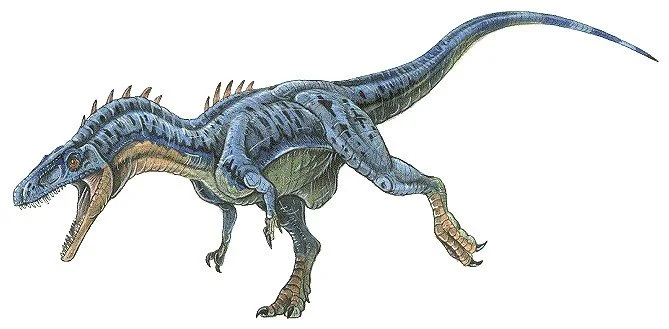Chindesaurus (Ghost Lizard)
Basic facts
13 feet (4m) length
Late Triassic
USA
Carnivore
Chindesaurus, scientifically named "Chindesaurus bryansmalli," is classified as a member of the Theropoda group, which includes some of the most well-known carnivorous dinosaurs such as Tyrannosaurus rex and Velociraptor. The name "Chindesaurus" is derived from the Chinle Formation in Arizona, USA, where its fossils were first discovered. It lived during the Late Triassic period, approximately 220 million years ago.
The discovery of Chindesaurus fossils in the 1980s provided significant insights into the early history of theropod dinosaurs, offering clues about their ancient ecosystem and adaptations.
Chindesaurus was a small to medium-sized dinosaur, estimated to have measured about 10 to 13 feet (3 to 4 meters) in length. As a theropod, it possessed typical carnivorous features, including a slender body, long tail, and sharp, serrated teeth. Its arms were relatively small, but its hind limbs were strong and adapted for swift and agile movement.
Chindesaurus has posed classification challenges, and it has been placed in various positions at the base of the saurischian family tree. Initially, when the fossil specimen, which would later become known as Chindesaurus, was unearthed in 1984, it was considered to be a "prosauropod" (basal sauropodomorph). However, when it was formally described and named ten years later, it was reclassified as a herrerasaurid.
